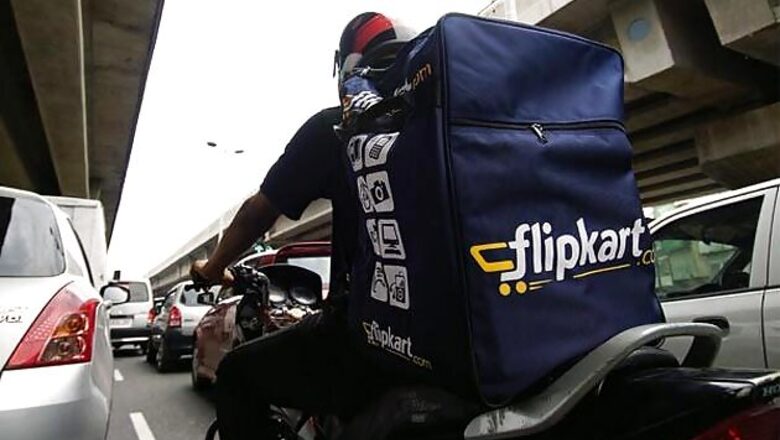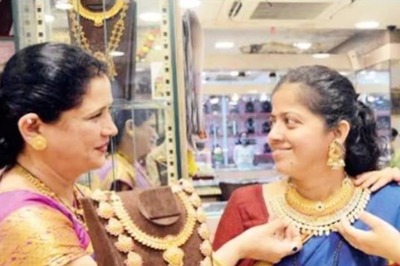
views
In the late 1990s, during the good old days of dotcom 1.0, many browsing centres across the country tried to marry email with snail mail. They targeted old people who were comfortable reading on paper, but whose children preferred the speed of email. For a fee, these small-time entrepreneurs took printouts of email and delivered the letters home. But people were worried about privacy and the experiment died soon.
A similar attempt to straddle two worlds is now happening with India's e-commerce Web sites. For the last one year, the basic idea of slicing an online transaction into an offline component has been gaining ground in the form of cash-on-delivery and other offline payment options. Many e-commerce firms, including Flipkart, Rediff, Infibeam, Yatra, Cleartrip and Makemytrip, offer cash-on-delivery options. Flipkart's COO and co-founder Binny Bansal says cash-on-delivery drives over half its sales. Most players have reported a figure between 40 and 60 per cent.
This trend has led to new business models. Sify Technologies turned its network of browsing centres into points where customers do e-commerce transactions and pay cash offline. Natesh Mani, president, commercial and consumer business, Sify, says that of the million transactions at its mylife centres, 90 per cent involved offline payments. Gharpay, set up last year in Hyderabad, already does about Rs 1.5 crore worth of cash collections a month.
But how long will this last? After all, for a retailer, this option adds a level of complexity and raises costs. Couriers charge a transaction fee plus a cut (of 1-3 per cent) on the value of cash handled. Many, including Flipkart and Infibeam, don't pass on the costs to customers. A bigger pain for the e-commerce firms is the return of goods. While companies declined to give numbers, estimates put it at 30-40 per cent.
Customers' discomfort with using cards online is one of the big drivers of offline payments. That will change as they get more used to transacting online. Besides, as Sulekha Chairman Param Parameswaran points out, "Credit card issuers will seek to differentiate themselves by offering fraud protection and other conveniences."
It's true that online payments today come with pain points such as having to enter too many details every time one has to make a payment. All these are likely to improve over time. Right now, the business logic for offering offline payments looks solid. Shankar Prasad of redbus.in points out that 90 per cent of all bus ticketing happen offline. It's about behaviour, and the only way to tap that market is by offering cash-on-delivery.
Redbus collects a premium from the users choosing that option. Abhishek Nayak, CEO of Gharpay, is confident about cash. "China has had COD (cash-on–delivery) for the last 10 years, and even today a big chunk of e-commerce there happens through cash. I think that will be the case in India too," he says.



















Comments
0 comment